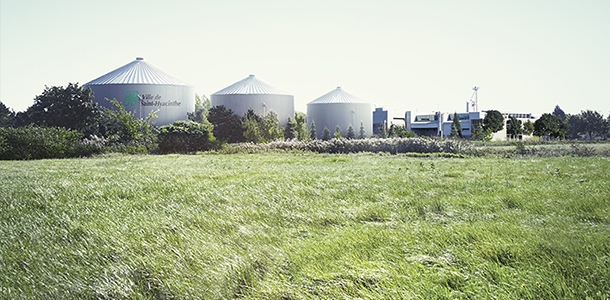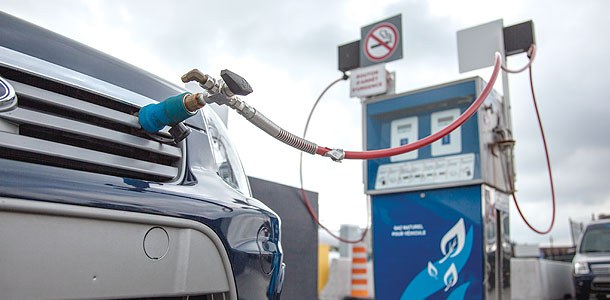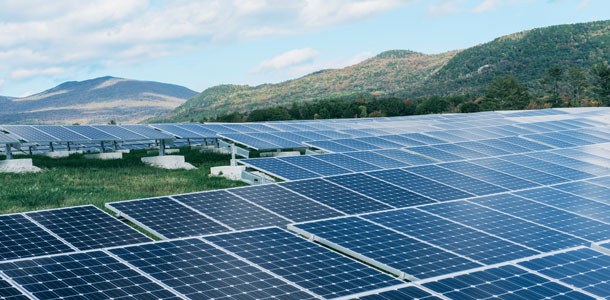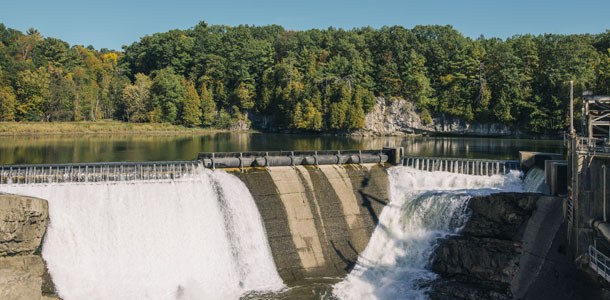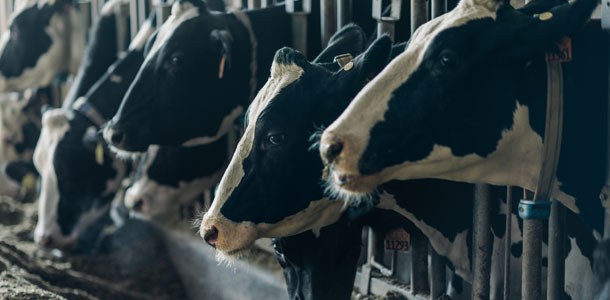Building our energy future together
At Énergir, we’re in constant motion to be a key player in Quebec’s energy transition. Our aim is to decarbonize the energy in our distribution system by 2050 by getting involved wherever and whenever we can contribute. To get there, we rely on four key tactics.
Building our energy future together
At Énergir, we’re in constant motion to be a key player in Quebec’s energy transition. Our aim is to decarbonize the energy in our distribution system by 2050 by getting involved wherever and whenever we can contribute. To get there, we rely on four key tactics.
We’re putting our network to work
Énergir is much more than just an energy distributor. Our network of experts and partners join forces to help our clients use energy better, while making sure we have a complementary mix of energies that’s good for all of society.
We’re putting our network to work
Énergir is much more than just an energy distributor. Our network of experts and partners join forces to help our clients use energy better, while making sure we have a complementary mix of energies that’s good for all of society.
Building our energy future together
At Énergir, we’re in constant motion to be a key player in Quebec’s energy transition. Our aim is to decarbonize the energy in our distribution system by 2050 by getting involved wherever and whenever we can contribute. To get there, we rely on four key tactics.
Building our energy future together
At Énergir, we’re in constant motion to be a key player in Quebec’s energy transition. Our aim is to decarbonize the energy in our distribution system by 2050 by getting involved wherever and whenever we can contribute. To get there, we rely on four key tactics.
Building our energy future together
At Énergir, we’re in constant motion to be a key player in Quebec’s energy transition. Our aim is to decarbonize the energy in our distribution system by 2050 by getting involved wherever and whenever we can contribute. To get there, we rely on four key tactics.
Building our energy future together
At Énergir, we’re in constant motion to be a key player in Quebec’s energy transition. Our aim is to decarbonize the energy in our distribution system by 2050 by getting involved wherever and whenever we can contribute. To get there, we rely on four key tactics.
Social responsibility
We have the ambition to become a leader in integrating responsible environmental and social practices that influence our corporate culture, business model and governance. We have the ambition to be part of the solution to fight climate change. Thus, we innovate to accelerate the energy transition and improve the quality of life of our communities, employees, and partners.
Building our energy future together
At Énergir, we’re in constant motion to be a key player in Quebec’s energy transition. Our aim is to decarbonize the energy in our distribution system by 2050 by getting involved wherever and whenever we can contribute. To get there, we rely on four key tactics.
Our achievements
We are constantly working to reduce the impact of our activities. Here are some concrete examples that highlight our commitment to the community and the environment.
Building our energy future together
At Énergir, we’re in constant motion to be a key player in Quebec’s energy transition. Our aim is to decarbonize the energy in our distribution system by 2050 by getting involved wherever and whenever we can contribute. To get there, we rely on four key tactics.
Reports and publications
As part of our Corporate Responsibility approach, we publish several documents to report on its environmental, social and governance (ESG) activities.
Building our energy future together
At Énergir, we’re in constant motion to be a key player in Quebec’s energy transition. Our aim is to decarbonize the energy in our distribution system by 2050 by getting involved wherever and whenever we can contribute. To get there, we rely on four key tactics.
Donations and community engagement
Discover Energir's commitment to the community and its areas of action.
Building our energy future together
At Énergir, we’re in constant motion to be a key player in Quebec’s energy transition. Our aim is to decarbonize the energy in our distribution system by 2050 by getting involved wherever and whenever we can contribute. To get there, we rely on four key tactics.
News
To find out more about the latest news at Énergir, refer to our recent press releases.
Multimedia library
For news reporting, Énergir offers to members of the media photos, videos and company logos.
Contact us
For any enquiries relative to Énergir, please contact Public relations and communications.
Media inquiries
Available anytime in case of emergency
For any enquiries relative to Énergir, please contact Public relations and communications
514-598-3449 or 1-866-598-3449
communications@energir.com
Selection process
We take pride in offering you a human, personalized process, a forest of what awaits you after hiring.
Working at Énergir
At Énergir, we think of human energy differently.
Our employee experience
We focus on the well-being of our employees, stimulating challenges and solidarity.
Our values
We believe our most valuable energy is our team!
Our advantages
Working at Énergir means access to a competitive compensation plan and a great range of benefits and services!
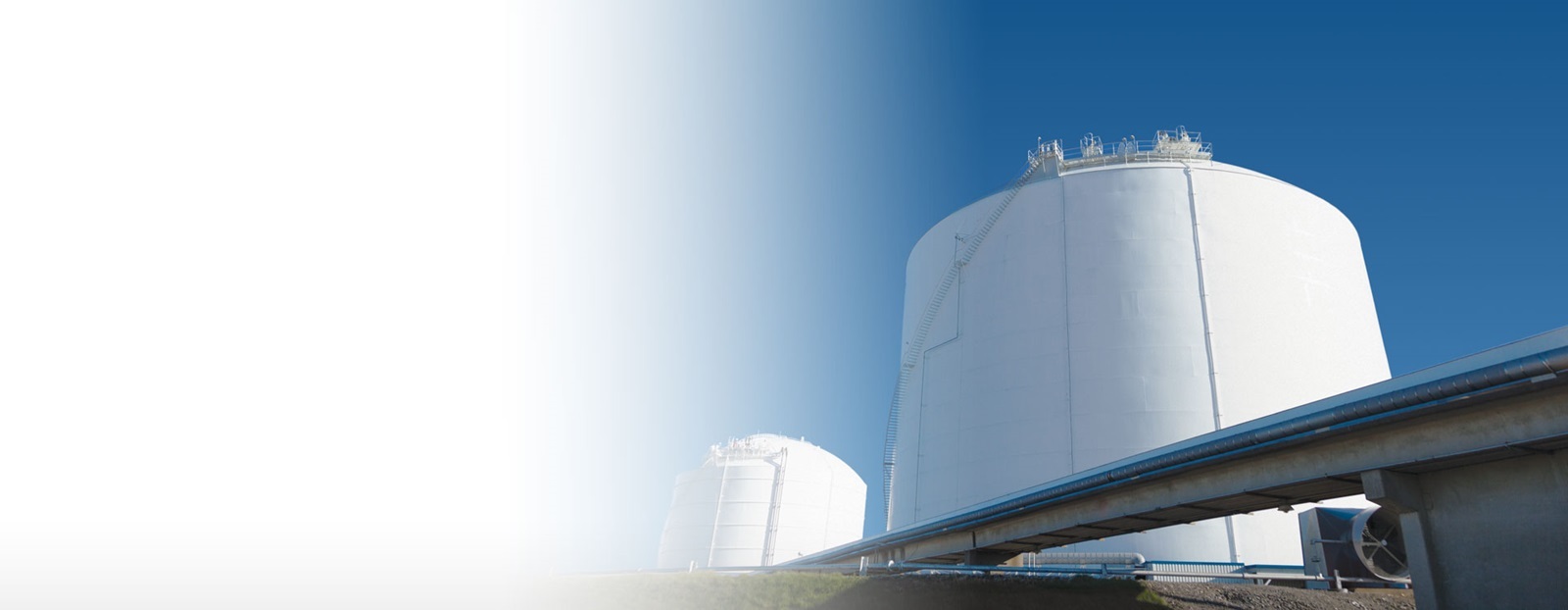
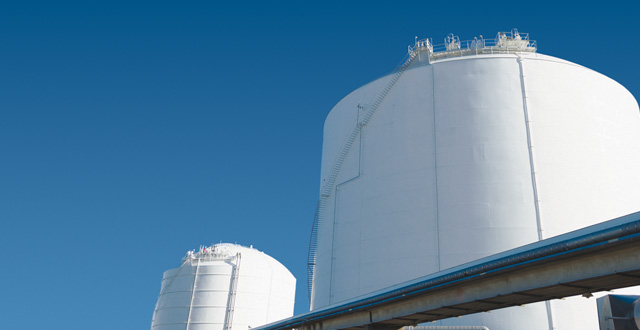
Liquefied natural gas
An efficient solution to fight climate change
In Quebec, the largest emitters of greenhouse gas (GHG) are the transportation sector (43% of total emissions) and industries (30.8% of total emissions)*. One of the solutions for reducing GHG emissions: convert to liquefied natural gas (LNG) as a fuel for heavy transportation and maritime transport, or as an energy source for industries in remote areas not served by a gas network. Choosing natural gas instead of oil or diesel in these sectors would reduce GHG emissions and atmospheric pollutants by up to 32%. What better way to help Quebec breathe easier and allow businesses to enjoy many other advantages.
About LNG
When cooled to -160°C, natural gas changes from a gas to a liquid. In liquid form, it takes up 600 times less space than in its gaseous state. In the same space, it is therefore possible to store 600 times more energy with LNG than with natural gas in a gaseous state—a definite advantage in terms of transportation and storage.
Supply dynamics vcb
Liquefied natural gas comes from Énergir's liquefaction, storage and regasification (LSR) plant in Montreal East, in operation for 45 years. With three loading docks, the plant can produce more than 10 billion cubic feet of LNG per year and store up to 2 Bcf in its two cryogenic tanks, after the natural gas liquefaction. The loading docks fill tanker trucks, which supply refueling stations or service customers directly. LNG can then be distributed to customers within a radius of over 1,5000 km from the LSR plant.

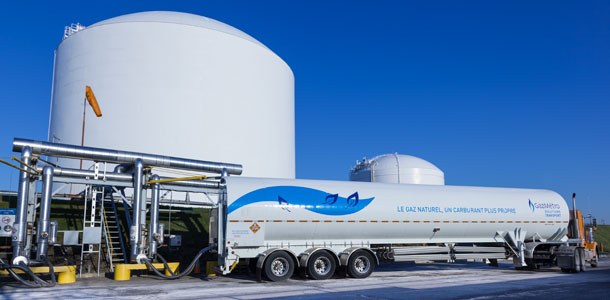
LNG, an efficient solution for reducing greenhouse gas
LNG, an efficient solution for reducing greenhouse gas LNG can also improve a company's environmental footprint because it generates considerably less GHG and air pollutants than oil products. Transportation and industry are the largest emitters of GHG in Quebec. Converting to natural gas in these sectors would reduce GHG emissions by up to 25% compared to diesel, and by up to 32% compared to oil, and allow for substantial potential savings based on each customer's profile.
Sectors using LNG
The energy needs of a number of sectors can now be met with LNG: heavy transportation, maritime transport and industrial and mining facilities located in remote areas not served by the gas network.
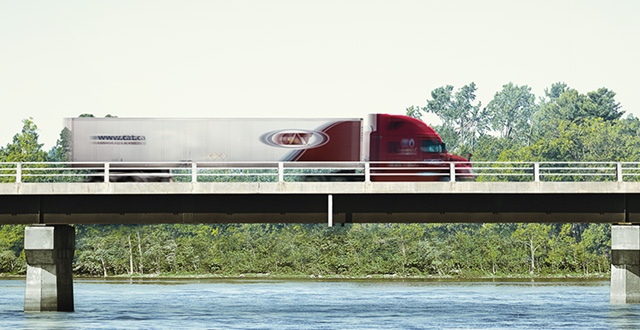
The only alternative to diesel for heavy transportation
The road transportation sector is the biggest GHG emitter in Québec, accounting for 43% of total emissions. Heavy vehicles using diesel emit 28% of this total. Natural gas has proven effective for road transportation through its less polluant combustion compared to diesel motors. A truck that runs on natural gas instead of diesel makes it possible to reduce GHG emissions by up to 25% as well as almost completely eliminate the emission of air pollutants. Not only is natural gas a safe choice, it cuts engine noise emissions by 10 decibels—which gets unanimous support. Worldwide, more than 20 million vehicles already run on natural gas.
A growing network of stations
The first public network of compressed and liquefied natural gas refuelling stations for Canada’s transportation industry was introduced in 2011. Some of the stations are located along the corridor of highways A-20/H-401, between Québec City and Toronto. As deployment of the network continues, compressed and liquefied natural gas fuelling points will be added in a strategic, flexible manner at various Québec and Ontario locations, in accordance with the market.
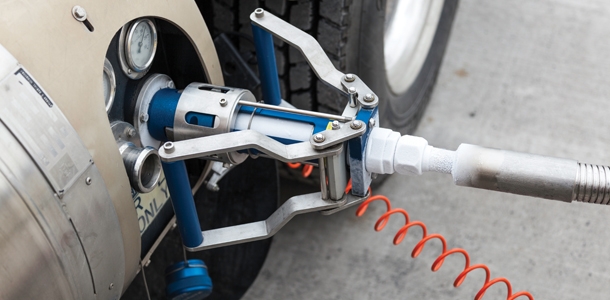

The only fuel that meets environmental standards
Using liquefied natural gas as a marine fuel makes it possible to meet and even exceed the air emissions standards in effect as of 2024. LNG has a cradle-to-grave carbon intensity up to 21% lower than marine diesel or bunker fuel2. LNG is also insoluble, so in the event of a spill, it evaporates without contaminating soil, water or wildlife.
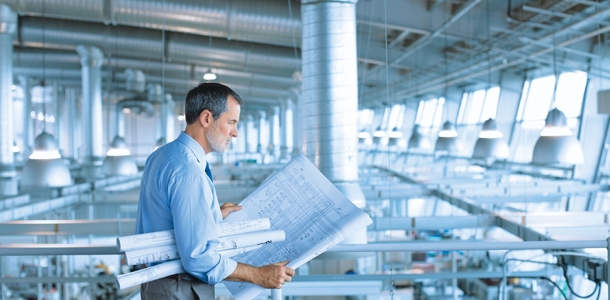
Reducing remote regions’ reliance on petroleum products
In Quebec, the industrial sector accounts for nearly one-third of all GHG emissions. To help reduce this footprint, Énergir promotes the use of natural gas as a substitute for petroleum products. Industrial sites in remote regions such as northern Quebec and Côte-Nord that are not connected to the gas network can access natural gas in liquefied form.In many industrial processes, electricity cannot replace thermal energy sources like fuel oil or natural gas. That’s why access to natural gas is a key driver of economic development in this sector.
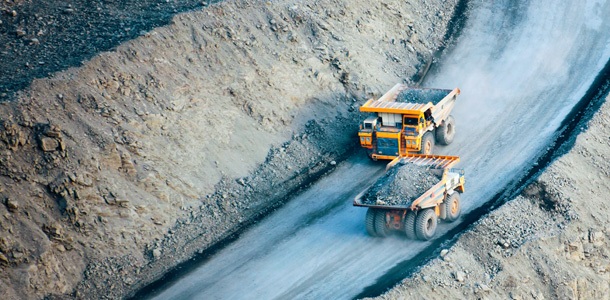
LNG: A competitive advantage for Quebec’s mining industry
Energy accounts for about 30% of mining companies’ operating costs, and using natural gas helps them sustain competitive operations in Quebec. Switching from petroleum products to natural gas allows mining companies to reduce their operating costs and lower their GHG emissions by up to 20% compared to diesel.2 Natural gas supports key needs such as electricity generation, heating, industrial processes and ore transportation.
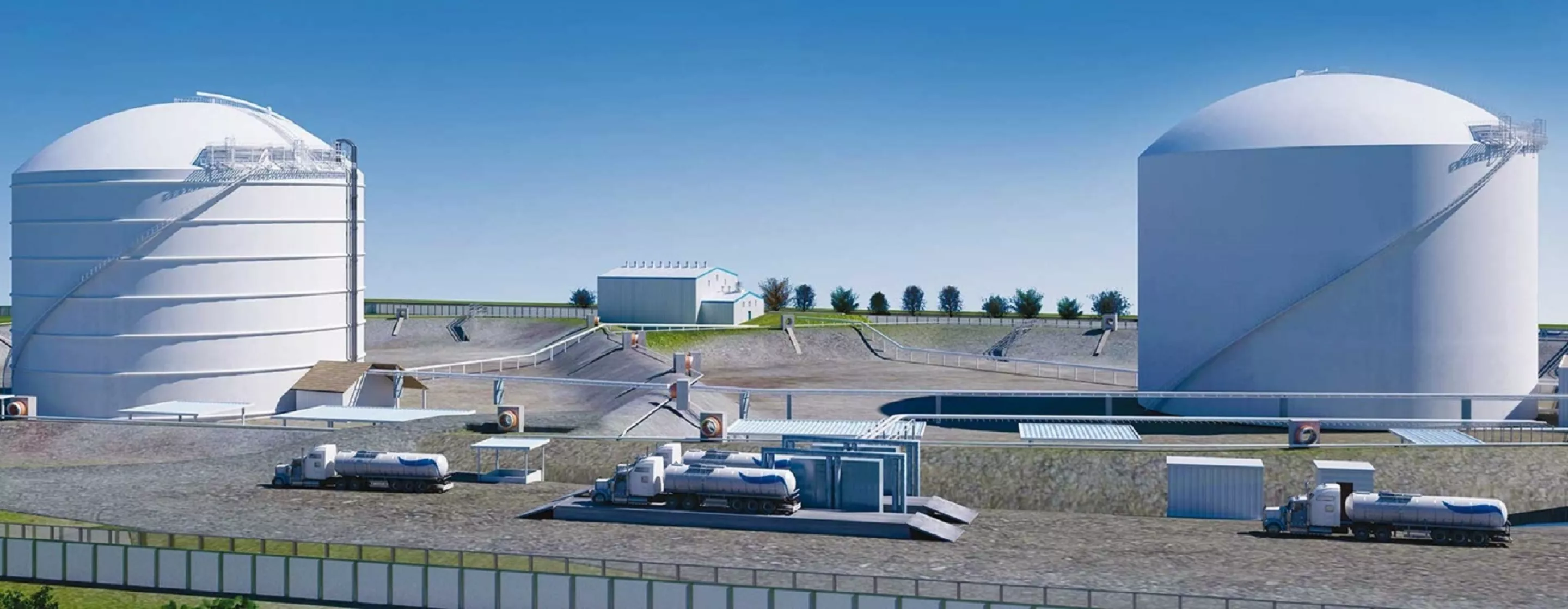

LSR plant capacity expansion
Énergir's liquefaction, storage and regasification (LSR) plant in Montreal East has been in operation for 45 years. Through Investissement Québec, the government of Québec and Énergir have partnered to increase accessibility to liquefied natural gas in order to meet the growing demand for LNG in the road and maritime transportation markets, and serve regions remote from the natural gas network.
Blog articles on natural gas in transportation
Natural gas is gaining popularity in Quebec as the choice for fuel. Stay abreast of the latest developments in this market through articles published on our blog.
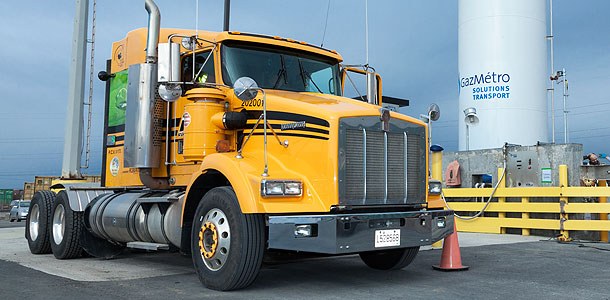
Natural gas takes to the road
Is natural gas about to dethrone diesel to become the road transport fuel of the 21st century? That prediction may seem bold, but the more and more rapid adoption...
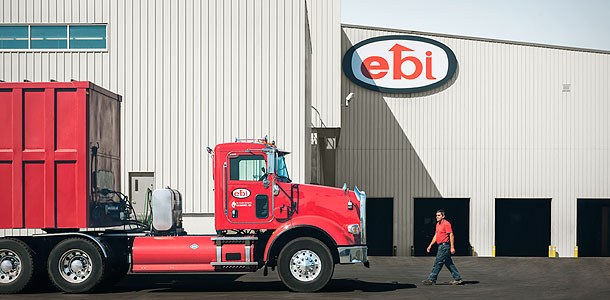
Natural gas and transportation – it's just a start!
Barely five years ago, trucks running on natural gas were still quite rare. And now they are increasing in number on Quebec's highways. More economical and...
Other forms of natural gas
There are several forms of natural gas, allowing citizens to consume better and less. Renewable to give our waste a second life, compressed or liquefied to replace diesel as a fuel, natural gas is an energy that meets a variety of needs.
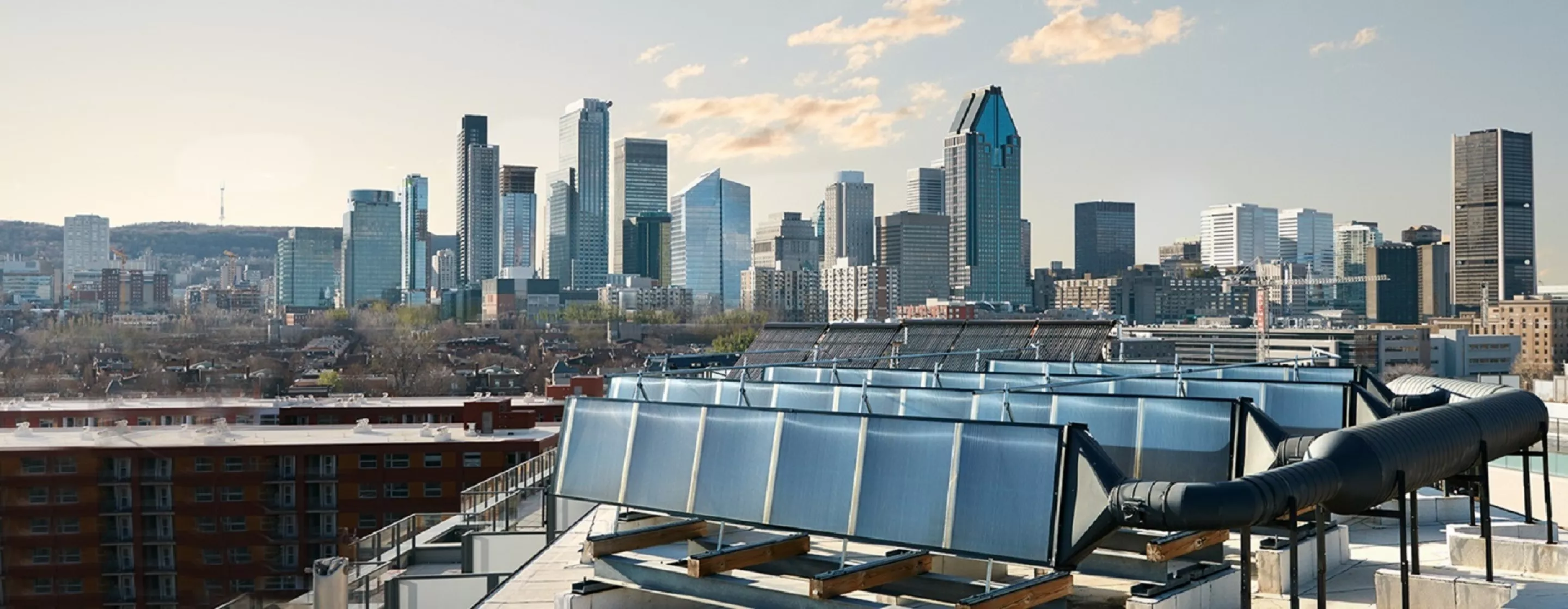

Énergir is committed to a more energy-efficient future
To help fight against climate change, our team is implementing concrete solutions because it is committed to offering out customers and communities a more energy-efficient future.
Energir, more than natural gas!
We believe diversity is key to the future of energy. This is why Énergir is involved in developing solar and wind power and hydroelectricity.
* Quebec inventory of greenhouse gas emissions in 2017 and their evolution since 1990 | Ministry of Sustainable Development, Environment and the Fight against Climate Change .

